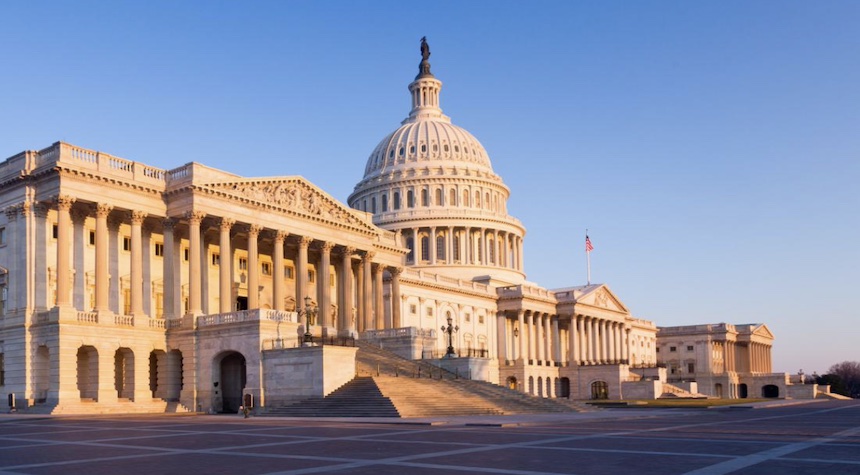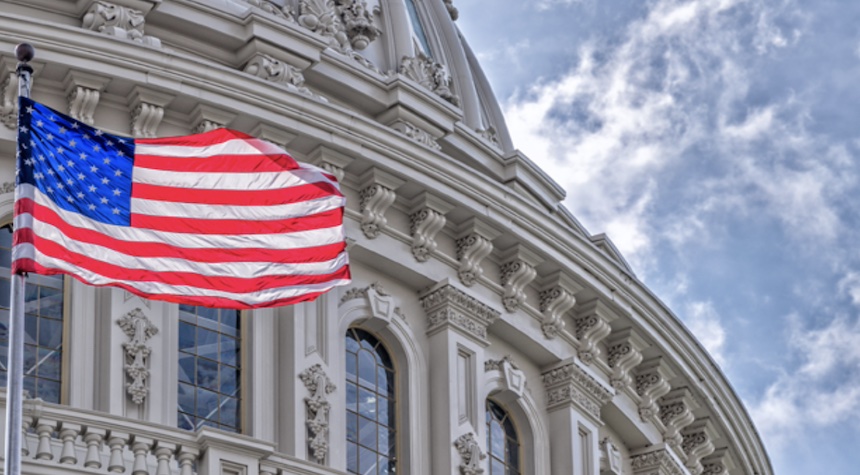For more than 50 years, the federal debt of the United States has been growing at a rate that cannot be sustained. This has happened under Republican and Democrat administrations. Over the same period, Switzerland relied on debt-braking mechanisms at all levels to reduce and stabilize debt burdens. Swiss fiscal rules are incorporated in their constitution to limit government spending, taxes, and debt. The debt brake was included in the Swiss Constitution at the federal level through a referendum held in 2001. This referendum received support from 85 percent of the electorate. The debt break allowed the Swiss Federal Government to reduce the ratio of national debt to income by about half since 2001.
Debt brakes were first implemented at the cantonal and then federal levels. The Swiss federalist system places a large amount of taxing and spending power at the municipal and cantonal levels. Direct democracy institutions, such as initiatives and referendums, allow citizens to have a voice in public policy, especially fiscal policy.
Fiscal policies that are prudent and designed to limit government spending, taxes, and debt have been the result. Swiss citizens are used to direct democracy. Voters hold elected officials accountable if they violate fiscal rules. Citizens who have exercised their direct democracy power now have greater faith in the fiscal policies of all levels of government. Swiss economists call this dynamically growing credibility capital.
Some economists criticize the Swiss debt brake and wonder if such fiscal rules would work in the United States. Some economists argue that Congress has circumvented the statutory fiscal laws that are currently in place and that it is reasonable to expect that they will do the same for Constitutional-based fiscal rules such as the Swiss debt brake.

In the United States, however, fiscal rules, both constitutional and statutory, have been in place at the local and state levels for many centuries. These rules include debt limits, taxing limits, and spending limits as well as rainy day funds and rules for budget processes such as a gubernatorial budget veto.
State and local governments, with these fiscal rules, have balanced their budgets and reduced spending and taxes. They also stabilized the debt burden. A few states are, like the federal government, on a default path. Illinois and New York, which are zombie states, are exceptions to the rule.
Fiscal rules that are incorporated in state constitutions have been effective for a long time. For example, Colorado’s Taxpayer Bill of Rights Amendment (TABOR), was enacted by citizen initiative in 1992. It is also fair to say that the credence capital of most states has grown rapidly.
The federal government can take several lessons from the state’s experience in implementing fiscal rules. To restore fiscal sanity, it is necessary to have a strong federalist structure. Devolution of federal programs is required by the state and local governments. Welfare reform has shown that local and state governments are more efficient than the federal government in delivering these services.
Devolution must also be accompanied by greater fiscal autonomy. This means shifting tax and spending powers from the federal to state and local government. Fiscal autonomy for local and state governments would restore the strong federalist structure envisioned by the Constitution.

To constrain federal fiscal policy, new fiscal rules need to be incorporated into the Constitution. Fiscal rules based on Swiss models have been proven effective both at the federal and state levels. Incorporating them into the Constitution will prevent Congress from acting in an irresponsible fiscal manner. Citizens who voted for the Constitutional inclusion of fiscal rules will be furious if legislators fail in their efforts to stabilize the debt and balance the budget. Citizens would also have recourse to the legal system to enforce fiscal rules.
Under Article V of the U.S. Constitution, citizens have the right to confront federal fiscal irresponsibility. Two-thirds (34 states), can call for a convention of state to suggest fiscal restraints against the federal government. A fiscal responsibility amendment that is proposed by the convention must be ratified by three-quarters of the state (38 states), and preferably by the people as it was with the 21st Amendment.
Recent research revealed that Congress did not act when more than the necessary number of states requested a convention in 1979. This year, legislation (H.C.R. The 24th would oblige Congress to meet its obligations under Article V of the Constitution, to certify state resolutions, count them, and call the convention.
Now, non-profit groups are working with state legislators to appeal to the Supreme Court to obtain a Declaratory Judgement which would force Congress to count and record the applications. Citizens and state legislators must demand that Congress establish the date and location of such a convention, as required by Article V. This may be our only option to restore fiscal sanity and a dynamically growing credit capital.
Now is the time to act.


